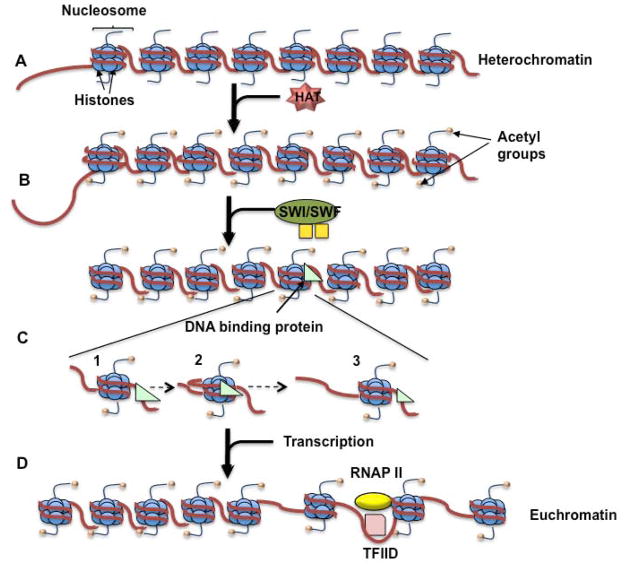Fig. 1. Steps involved in histone modifications.
(A) The HAT is recruited by a specific DNA sequence and acetylates the histone tails. (B) The bromodomain in the SWI/SNF complex is attracted to the acetylated histone tails. The complex then disrupts the DNA’s rotational phasing, altering the contact between the DNA and the histone. (C) (1) ATPase/translocase binds to the DNA, (2) pulling the linker DNA towards the histone. (3) This forms a DNA loop that spreads through the DNA strand. (D) TFIID is able to bind to the promoter. This results in bending of the DNA strand, causing the modified nucleosome to slide to the next position.

